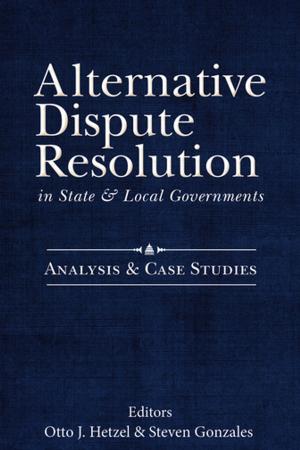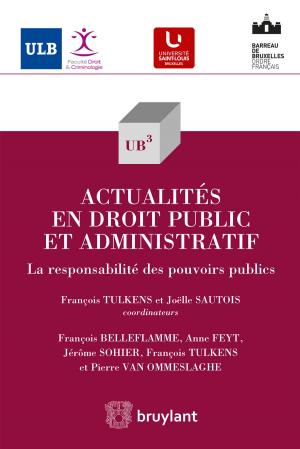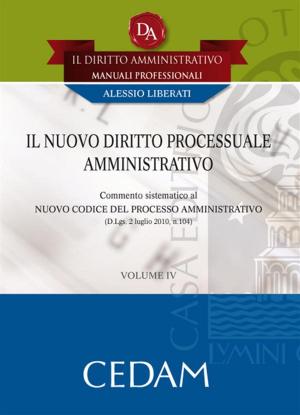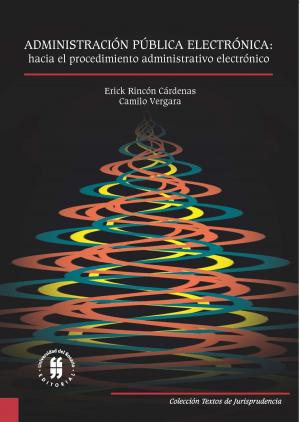Lo split payment e il reverse charge nella Pubblica Amministrazione
I nuovi adempimenti in materia di IVA con esempi pratici ed esercizi svolti
Nonfiction, Reference & Language, Law, Administrative Law & Regulatory Practice| Author: | Laura Benatti | ISBN: | 9788875894535 |
| Publisher: | Halley Informatica | Publication: | March 31, 2015 |
| Imprint: | Language: | Italian |
| Author: | Laura Benatti |
| ISBN: | 9788875894535 |
| Publisher: | Halley Informatica |
| Publication: | March 31, 2015 |
| Imprint: | |
| Language: | Italian |
Con la Legge di Stabilità 2015 (Legge 23 dicembre 2014, n. 190, art. 1, comma 629, lett. b), è stato modificato il D.P.R. n. 633/1972 disciplinante l’Imposta sul valore aggiunto, mediante introduzione dei meccanismi dello split payment e dell’ampliamento del reverse charge o “inversione contabile”.
Sono due meccanismi fiscali con cui si vuole porre un freno alle frodi fiscali.
Hanno però diversi ambiti di applicazione: mentre lo split payment viene applicato a tutte le operazioni fiscalmente rilevanti (tranne quelle espressamente escluse), il meccanismo del reverse charge comporta un ambito di applicazione riferito prettamente alla sfera commerciale dell’Ente e interessa solamente alcune tipologie di prestazioni, motivo per cui richiede una preventiva analisi da parte dell’Ente per poter indirizzare il fornitore verso le giuste modalità di fatturazione.
Con la Legge di Stabilità 2015 (Legge 23 dicembre 2014, n. 190, art. 1, comma 629, lett. b), è stato modificato il D.P.R. n. 633/1972 disciplinante l’Imposta sul valore aggiunto, mediante introduzione dei meccanismi dello split payment e dell’ampliamento del reverse charge o “inversione contabile”.
Sono due meccanismi fiscali con cui si vuole porre un freno alle frodi fiscali.
Hanno però diversi ambiti di applicazione: mentre lo split payment viene applicato a tutte le operazioni fiscalmente rilevanti (tranne quelle espressamente escluse), il meccanismo del reverse charge comporta un ambito di applicazione riferito prettamente alla sfera commerciale dell’Ente e interessa solamente alcune tipologie di prestazioni, motivo per cui richiede una preventiva analisi da parte dell’Ente per poter indirizzare il fornitore verso le giuste modalità di fatturazione.















